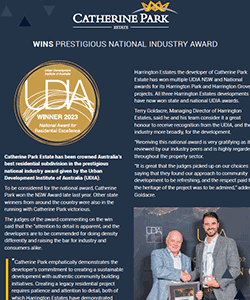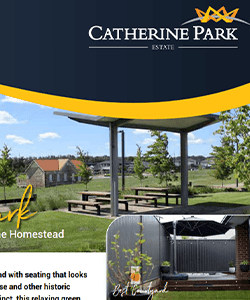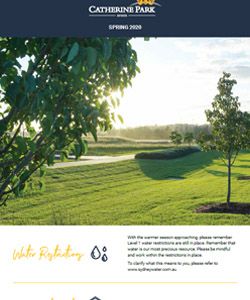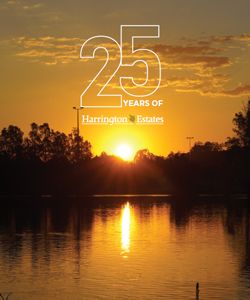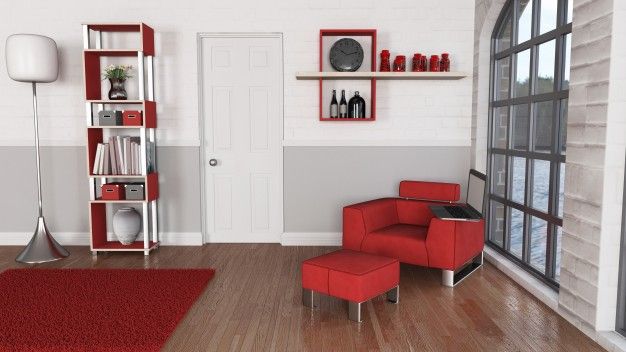
A new design method within the housing industry aims to enable you to live comfortably with minimal use of air-conditioning throughout the summer months, or heating in winter.
These smart designs could save home-owners a lot of money on electricity bills, as the design method combines and harnesses the natural elements with total-home insulation. This means you can greatly reduce use of air-conditioners and heaters.
Passive design is an overarching concept that can have many different executions and can be utilised anyway you wish, depending on where, and what you are building.
The method is all about comfort. It takes advantage of the climate to maintain a comfortable temperature range within the home. Passive Design reduces, or eliminates, the need for auxiliary (mechanical) heating or cooling, which accounts for about 40% (or much more in some climates) of energy use in the average Australian home.[1]
Passive design utilises natural heating and cooling sources, such as the sun and cooling breezes. This is all achieved, and maximised, through the orientation of your building on its site, and carefully designing the building envelope (roof, walls, windows and floors of a home). Focusing on the envelope will minimise unwanted heat gain and loss.
Here are some ways you can include passive design principles when building your new home.
Design for Climate
A passive design for climate aims to ensure the occupants remain thermally comfortable with minimum use of air-conditioning for cooling or heating. Each of the eight main climate zones in Australia have their own climatic characteristics that determine the most appropriate design objectives and design responses.
Orientation
Orientation refers to the way your home is placed on the site, ensuring it is taking advantage of climatic features such as the sun (for heating) and breezes (for cooling). For example, if your home was in a tropical climate, you may ideally have the living areas face north, or as close to north as possible. This would allow maximum exposure to the sun in winter.
Shading
The shading of your home can reduce summer temperatures, improve comfort and save energy. The heat from the sun can be more intense when shining directly on windows. Having them shaded will reduce the amount of heat entering the house. To make the most of shading, make sure that it can be moved or retracted in order to not lose out on the warming winter sun.
Sealing your Home
Air leakage accounts for 15–25% of winter heat loss in buildings and can contribute to significant loss of ‘coolth’ in climates where air conditioners are used.[2]
When you seal your home, you will greatly reduce the warm air that escapes in winter, and the cool air in summer, which will not only save you money on your energy bills, but also reduce your home’s greenhouse gas emissions and environmental footprint. Sealing is optimal for all climates except tropical ones, where the build-up of condensation will adversely affect indoor air quality.
These are just some of the elements that comprise ‘passive design’.
In order to economically incorporate passive design elements in to your home, it’s best to do so at the design stage. This way nothing will need to be changed, or upgraded after it has been completed.
To find out more about land for sale or completed homes at Catherine Park Estate, please feel free to call the Sales Office on 02 4604 6046, or fill out our online enquiry for here , and we will be in contact with you as soon as possible.

